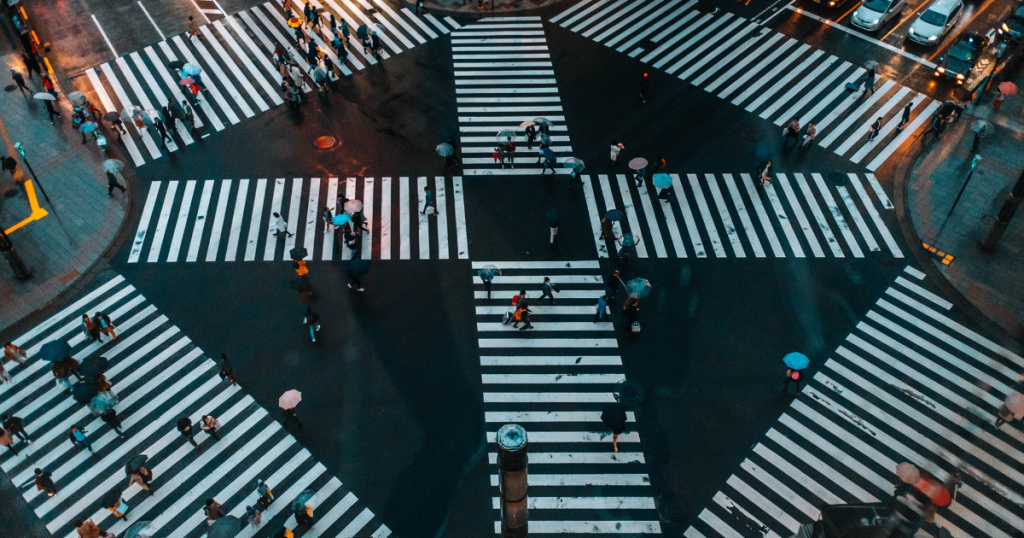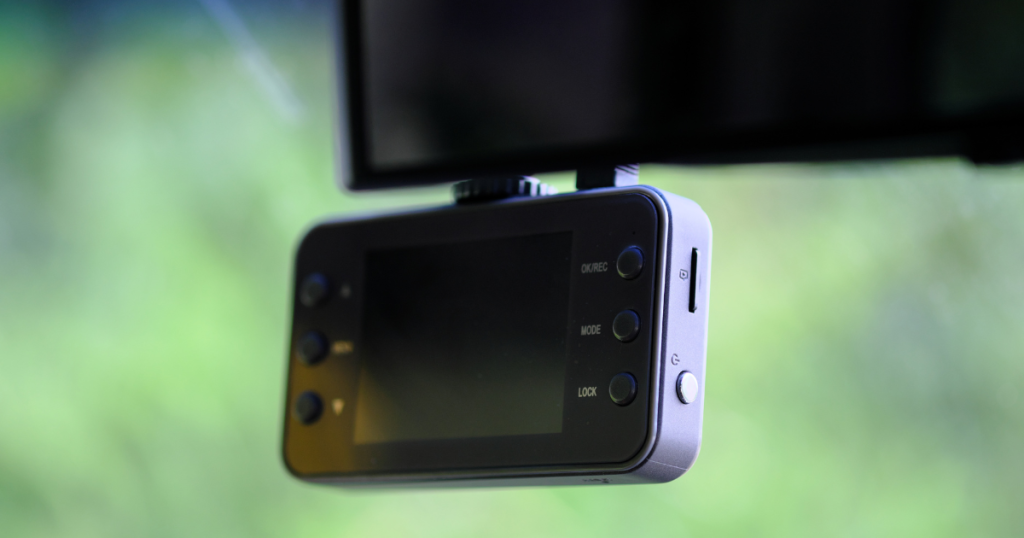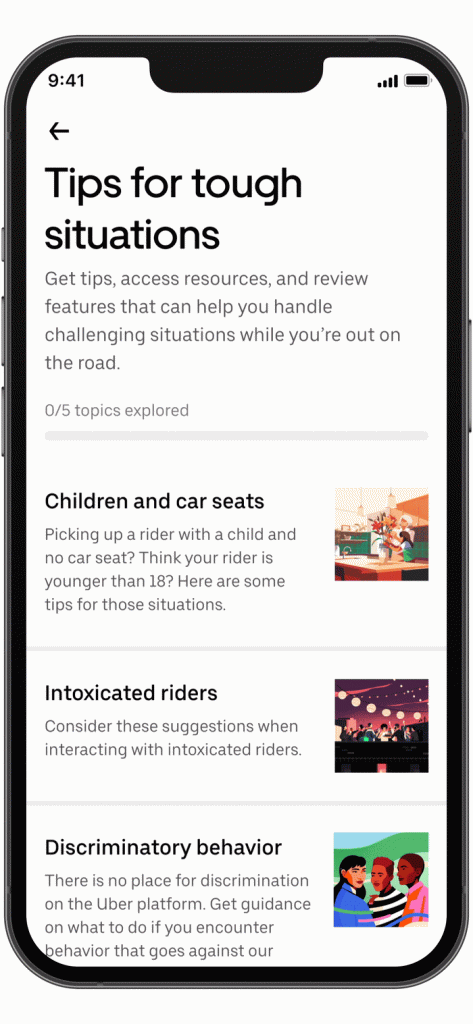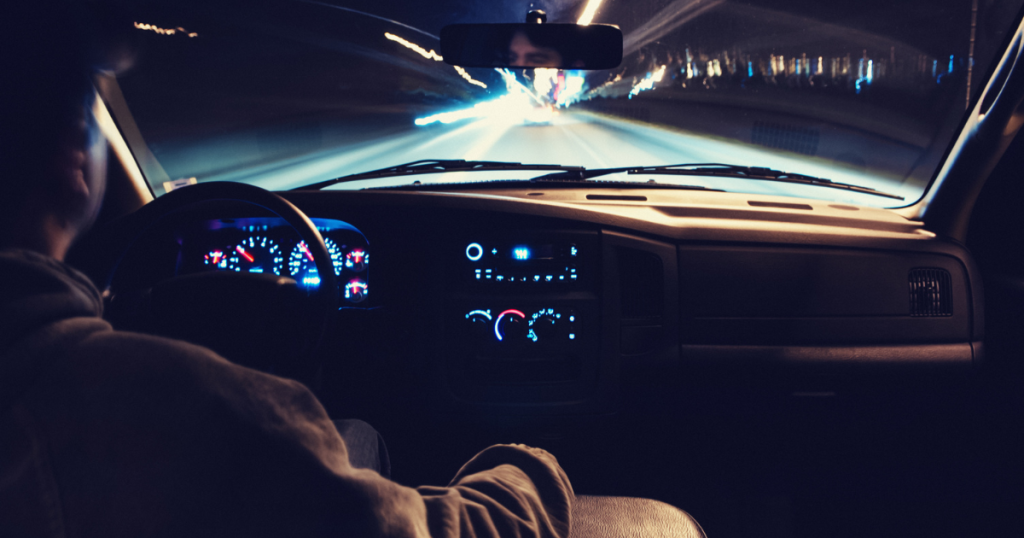Uber drivers and passengers have long complained of the lack of safety standards and policies set forth by Uber.
This problem has been further intensified by the power of social media, which allows passengers and drivers to speak out about their negative experiences while using the app.
In response to the growing rates of crimes or safety issues, Uber has rolled out an updated list of safety features, largely aimed at protecting drivers in worst-case scenarios.
But will they help? Let’s dive into the details of each to better understand where the company misses the mark.
For more information on the Newsroom release of these safety measures directly, visit here.

Road Safety Measures
A rideshare driver’s job is to get passengers from Point A to Point B safely and effectively.
While many aspects of this job aren’t up to the driver – think traffic – many aspects are up to the driver and, even more so, Uber.
Here are just a couple of new additions to help make that process a tad easier and safer for drivers.
Left Turns
In addition to being a headache, left turns can be dangerous for drivers. When it comes to crashes, a high percentage occur during left turns at intersections.
The problem is made worse in big cities, at yielding left turns, and when other risk factors are involved.
To combat this problem, as raised by drivers, Uber has redesigned its navigation system so that there are fewer left turns while mapping drivers to their destinations.
The company explains that the change will not dramatically affect wait times and should have little impact on trip time or experience.
Intersection Cues
Some areas have intersections that do not have signals to facilitate the flow of traffic. In these cases, crossing an intersection, particularly a four-way intersection, can be extremely dangerous.
To help remedy this problem, Uber has changed the navigation app so that any intersection without lights or a four-way stop will have symbols on the app map to remind drivers that there is cross traffic.
Though a small addition, Uber hopes that by doing this, they’ve done their small part to reduce the number of intersection-related crashes among their workforce.

Recording
Uber is not new to permitting recording in its app, but it’s looking to expand the option with this new safety rollout.
Recording allows drivers to have proof of any problems within the car, or in some cases, on the road. Not only does it help drivers feel safer, but in many cases, passengers too.
Audio Recording
In addition to the already active audio recording option in select locations, Uber is also expanding the choice to another round of U.S. cities.
Those cities include Cincinnati, Nashville, Phoenix, Salt Lake City, San Antonio, and Tucson.
Uber’s audio recording option is not a default but rather something a driver or rider will be able to choose to do on the app.
If either party decided to share the audio with Uber, the data would go through a decryption process while maintaining privacy and care from a dedicated agent.
Video Recording Pilot
While Uber had experience with audio recording, they’re making strides toward implementing video recording as well.
This is a move that can substitute dash cams for drivers who don’t want to spend the extra money and mount the extra hardware.
After installation, drivers can mount their phones as usual, with the front-facing camera recording the interior of the car.
Similar to audio recording, the video data is stored on the app and cannot be accessed unless shared with Uber support.
The program is being piloted in Cincinnati, Louisville, New York City, and overseas in Brazil.

Additional Safety Moves
This rollout of new safety features is rounded out with a few moves on behalf of Uber to help make the rideshare experience safer and smoother for all parties involved.
From learning tools to widespread audits, these safety features round out Uber’s new additions.
Safety Library (in-app)
It is impossible to be too cautious when it comes to educating drivers on safety. For those who want to know more, Uber has created a list of resources and tips for drivers in the Uber app.
Drivers can learn how to pre-emptively avoid getting into unsafe situations or taking risky moves – wherever possible.
Uber says that its list is full of advice from police, other drivers, and experts to help create the most accurate help for drivers.
The goal here is prevention and a guide on what to do in unfamiliar situations.
Name Audits
Previously, Uber made the decision to allow riders to change their names to help match their comfort levels or even prevent discrimination.
Because of this freedom, Uber also found that some were taking advantage of the option and creating fake names or offensive ones.
To combat this, Uber is running a massive audit that allows them to weed through problematic profiles and crack down on the issue.
Additionally, the company is adding an inappropriate name flag in the help section to allow drivers to report a passenger directly.

Will These New Safety Measures Help Drivers?
The golden question: will any of these safety measures actually improve the driver experience or safety?
There is no one-size-fits-all answer. While one driver may benefit from one change, another may not have any use for it.
Some options, such as the audio recording, seem to miss the mark, or rather, focus on rider benefit.
That’s because audio recording requires that a driver turns on the recording, which may be difficult to do while driving.
If the phone is mounted and a rider sees the driver turns on the audio function, this may also create a hostile ride for the driver, which can escalate the situation.
In situations like this, it’s likely easier to use third-party options anyway, like a dash cam. But for those without an option, the addition may be welcomed despite potential drawbacks.
Because many of these safety features are optional, drivers can choose which works for them and avoid the ones they don’t.
